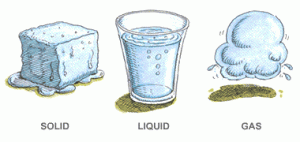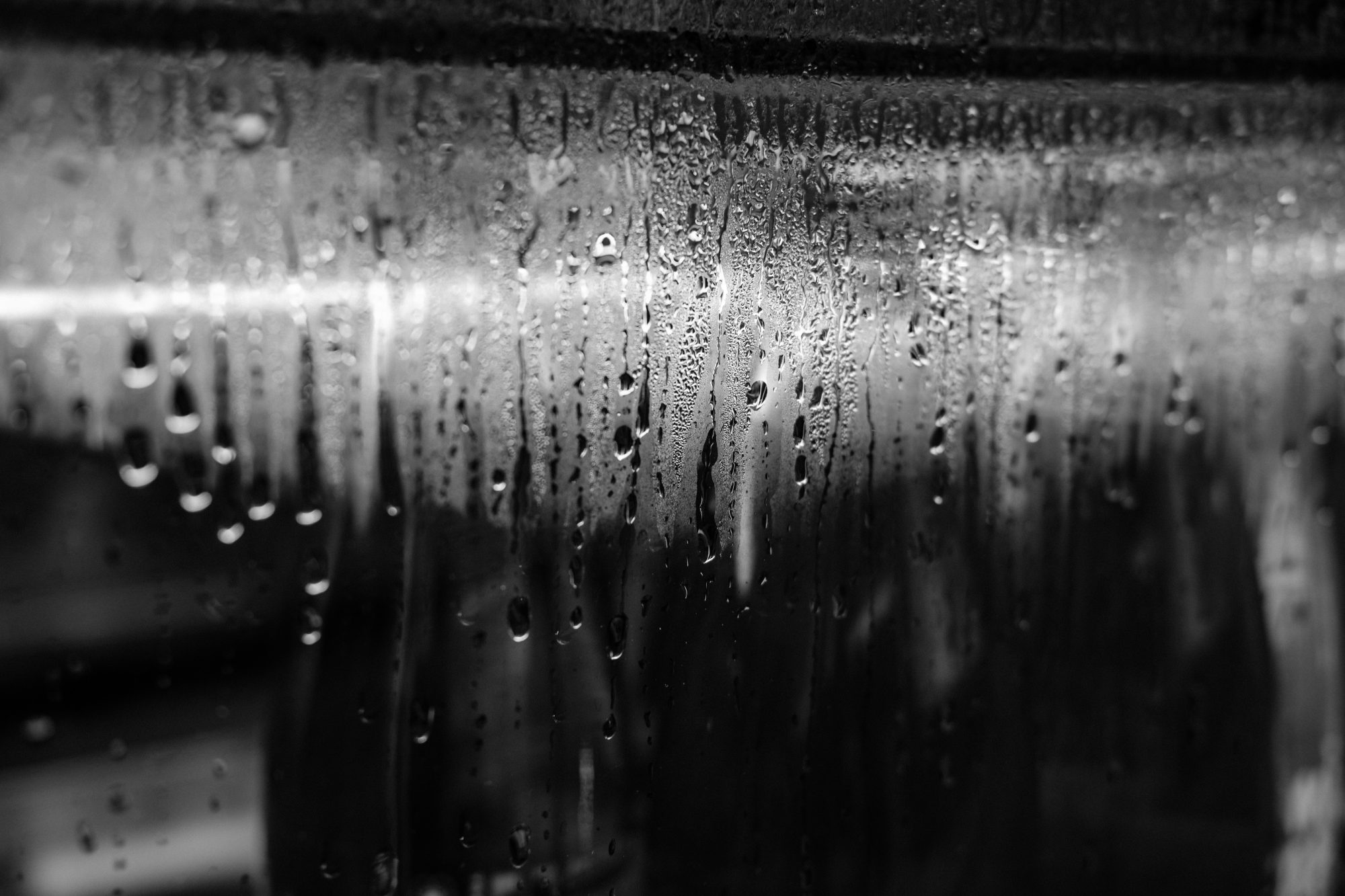TLDR;
If you have condensation issues, throw your windows open in the morning. Vent your house and avoid creating thermal bridging. Talk to us.
Complaints and queries about condensation in buildings come in waves. Usually preceeded by a change in the weather.
Any explanation towards understanding the problem begins with understanding the basics of water.
The State of Water
Water as we know it exists in three distinct and recognisable states or forms:
Solid – ice at 0ºc | Liquid – water from 1-99ºc | Gas – steam at 100ºc

When you start to introduce pressure or take it away (in a vaccuum) the temperatures change but the essential states remain the same – water will be in one or the other of these forms.
When it comes to building science, the problem with water is when it exists in these states in a place where it is neither expected nor wanted, we get problems that affect us – from basic comfort – furniture or clothes are damp to full on health risks – mould on walls or hidden behind cupboards.
The Problem with Condensation
Condensation happens when air bourne water vapour encounters a surface cooler than the air and it changes from a gaseous state (water vapour) to liquid. This is happening all around us all the time. It is the droplets on the glass of your cold iced drink, it is the frosty breath when you exhale on a window, the steam from a kettle settling on a cupboard door.
Usually it forms and then with time it evaporates, moving away with air currents.
In winter time the issues become apparent as we have heating on – so all surfaces are warmer, we have windows closed and vents shut to drafts, we are in the house more than during summer – who wants to go out in the rain?
As a result WE are creating more water vapour in the house than usual – rain damp clothes drying out, more time cooking and watching TV, even our washing habits – showers etc all go to generate water vapour in the home. Every home.
We are in fact creating more than we remove and as a result that damp air becomes more and more ladden with water vapour until it reaches a saturation point and when that air becomes cooler it can no longer support water vapour past its dew point and condensation happens.
Fix or Accelerate the problem?
When we see the damp problems occuring – wet skirting boards, wet cupboards, paint peeling we will act on a solution. The solutions will be wide and varying depending on who you talk with. Water resistant paints, damp proof injections, more insulation…
We see projects where people have sunk money into fixing damp problems only to find the following year the problem with mould or rot is worse! Why? Because instead of fixing they have accelerated or hidden the problem.
Recently we saw a property where the walls had been internally insulated to solve a previous damp problem which it did. However, on close inspection there was a problem with kitchen cupboards and wardrobes being damp and swelling due to dampness.
What happened?
Instead of water vapour condensing on an entire wall and feeling cold & damp to the touch the insulation had focussed all the water vapour into a much smaller area resulting in more water soaking into the fixtures attached to the cold wall surface.
This Thermal Bridging happens where any building material allows a temperature differential from outside to inside – cold bridging creates condensation points – often in hidden spaces – attic eaves, behind cupboards, under baths etc etc.
How can we fix this for good?
Building science is evolving as our use methods evolve – newer passivhaus or high energy rated methods use mechanical air exchanges with air tightness tech to manage our occupancy created water vapour.
Older properties often were not insulated to any great degree – mass concrete or cavity block build for example and have been the subject of many ‘fixes’ over their lifetime, often resulting in the example above.
Traditional buildings were built to breathe and then we applied modern systems to ‘fix’ them – concrete renders and plaster over stone which achieved nothing except seal water into the building fabric.
Growing up, my mother used to put us all out in the morning to school or play and throw all the windows open for 15 minutes to air the house. In the evening we’d cook with a window open and then light a fire when we were ready to settle down for the evening. Really cold days the fire might be lit earlier or the central heating on.
Instinctively managing water vapour and condensation in the home creating a healthier environment.
Our habits changed, we began to empty and seal the houses in the morning to go to work, we arrive home in the evening, shower, cook and whack the heating on for comfort, wake the following morning to sweaty windows in a rush to go to work ….
We need to be careful of over fixing, especially older or traditional build properties with current building systems. They don’t always work when retrofixing. Often the companies we trust to fix the problem are only dealing with the section they know and understand rather than the complete picture.
We have to consider our habits and usage and each individual building needs to be assessed as a unique scenario.
#SummitMatters




